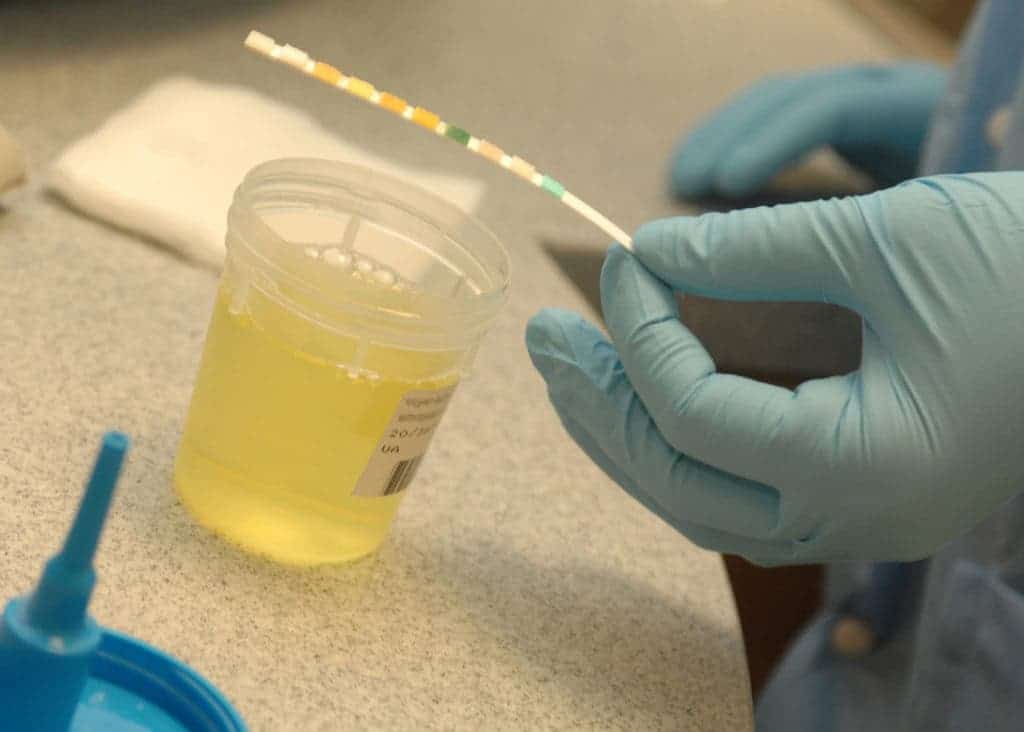The Greek king of legend, Midas, was said to turn everything he touched into gold — this being both his blessing and his curse. In the case of a woman in Pittsburgh, things aren’t quite as extreme — but they are remarkable nonetheless.
She became the first documented case of a person naturally brewing alcohol in their bladder.

It all started when the 61-year-old Pittsburgh woman presented with liver damage and poorly controlled diabetes. Her urine tests repeatedly tested positive for alcohol, and doctors suspected her issues stem from alcohol addiction.
The woman denied this. Alcohol is not a problem, she said, yet her urine samples repeatedly tested positive.
When she presented herself at the University of Pittsburgh Medical Centre Presbyterian Hospital for placement on a liver transplant waitlist, doctors still suspected an alcohol addiction.
But something didn’t add up.
While the alcohol was definitely there, nothing else suggested alcohol consumption.
“Initially, our encounters were similar, leading our clinicians to believe that she was hiding an alcohol use disorder,” her doctors explain in a new case report.
“However, we noted that plasma test results for ethanol and urine test results for ethyl glucuronide and ethyl sulfate, which are the metabolites of ethanol, were negative, whereas urine test results for ethanol were positive.”
Something else was puzzling. There were large amounts of glucose in her urine, as well as abundant levels of yeast.
When they carried more detailed analyses of her urine samples, the amount of alcohol contained was startling. The team concluded that there was no way she was drinking this much, and it all indicated a different cause: yeast in her bladder was metabolizing sugar into alcohol.
The bladder and urinary system are isolated from the rest of the body, so she wasn’t getting drunk — it was just the yeast that was consuming sugar and producing the alcohol.
The yeast in question was identified as Candida glabrata, which is normally found in the human body, but not in such large quantities. The doctors tried to treat the yeast infection but were unsuccessful. They write that her application for a liver transplant was reconsidered, but fail to mention what ultimately came of the anonymous patient. Whether she was able to overcome her unique predicament or not remains unknown to the public eye.
However, her doctors rightfully felt the world needs to know that this is a real condition, which is quite easy to miss. It’s quite possible that this urinary auto-brewery syndrome is more common than we thought, but is simply confused for excessive drinking.
“The experience we describe here of two liver transplant teams at different institutions demonstrates how easy it is to overlook signals that urinary auto-brewery syndrome may be present,” the doctors say.
“Clinicians must be diligent about paying close attention to medical record documentation and laboratory results and should always investigate in the event of incongruences.”
The findings have been published in Annals of Internal Medicine.


